Old Galway
Galway's Military Museum
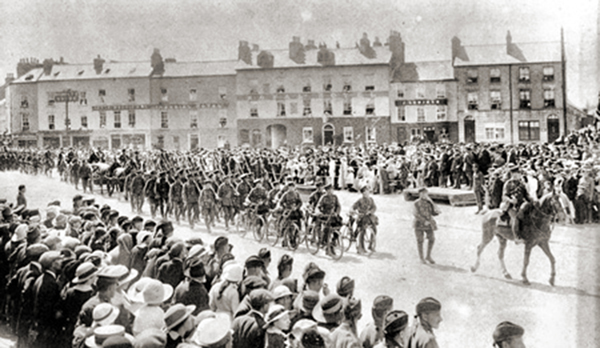
GALWAY’S MILITARY MUSEUM
Our photograph today was taken in Eyre Square in 1922, and shows the Connaught Rangers parading through the city on their last day in Galway. It is interesting to see them on horseback, on foot and with bicycles. As you can see in the foreground, there is a long line of soldiers standing in front of the crowd, and there is what looks like a temporary reviewing stand on the far side of the street.
Galway's Wartime Experience
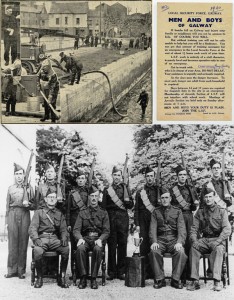
GALWAY’S WARTIME EXPERIENCE
“At 11.15am on the morning of the 3rd of September, 1939, we heard Mr. Chamberlain’s momentous speech declaring war on Germany. Each succeeding hour, the radio announced news. The first major item to be broadcast was that the
100 Years of Cinema in Galway
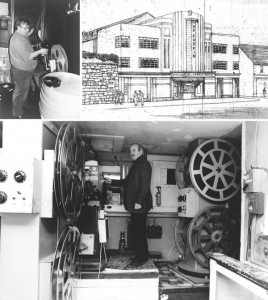
100 YEARS OF CINEMA IN GALWAY
The earliest reference to ‘Moving Pictures’ in Galway that I have come across dates from 1909, when “The Enterprise Animated Picture Company” came to the Court Theatre in Middle St. with their cinematography performances and variety entertainments.
The Huckster's Harvest

"The Galway races are unique in Irish Sport. For this is a real Connaught holiday. Caravans and their picturesque owners are making their trek weeks ahead. Urgent farm work is abandoned for an hour. Business and professional men; regular race-goers, hunting folk, farmers of all ranges of acreage, holiday trippers from the Eastern cities; Connemara and Aran Island men and maids who speak English
Fifty Years of Soccer in Mervue
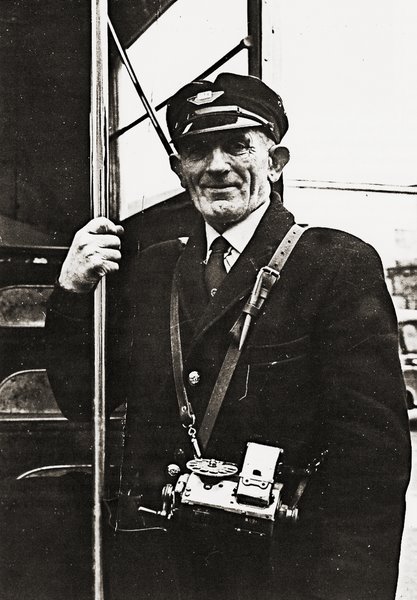
In the mid 1950’s, the corporation began to build houses on what had been a green field site in Mervue. The first families moved into Pearse Avenue in 1955, and within a few years, the housing project we now know as ‘Old Mervue’ was completed, and many more young families had moved in. The playgrounds used by the children were the open spaces in front of Plunkett Avenue and also between McDonagh and Clarke Avenues. All kinds of games were played here, but there seemed to be an emphasis on soccer.
Bowling Green of Yesteryear
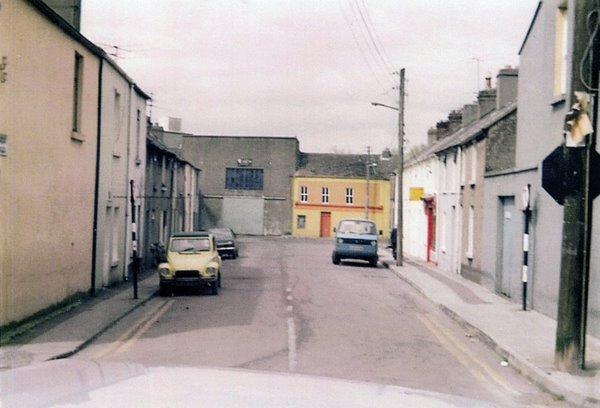
In 1883, a sub-committee of the Town Commissioners reported on the sanitary conditions of the houses in this area. Some were occupied in tenements, others were held by single families.“In none of these houses is there any provision as to water closets, privies or drains which, in itself is deplorable; but your committee feel it would be but ill discharging their duty if they stopped short
Changing Fashions, Eyre Square

There is a wonderful mix of the modern and the traditional in this photograph which was aken at the corner of Eyre Square and Rosemary Avenue in the mid 1930’s. The lady in the foreground is earing a plain black shawl, a petticoat and a ‘práiscín’ which was a heavy canvas apron worn to protect the skirt. Two others are wearing beautifully patterned shawls which must have looked very elegant and colourful. They had probably come into town to sell their wares, and then went shopping with the proceeds, and their baskets are now full. The other ladies in picture are all dressed in more ‘up
Pádraic Ó Conaire, Prince of Storytellers

"A short walk on the gravelled path and I was before the man I had come to see. There was a great peace about him as he sat there, leg crossed upon leg, hat rakish on his head, mute in the sculptured dignity of stone. Ever since I had learned the Gaelic, I had loved him, this strange man of dreams whose friends were the birds and the furry people of the wood, the wind and the small white stars."Ever since a gentlemanly Christian Brother had loaned me his books, I had hungered for the solace of the white roads that twist through the heather hills and furze-haunted fields of Banba;
